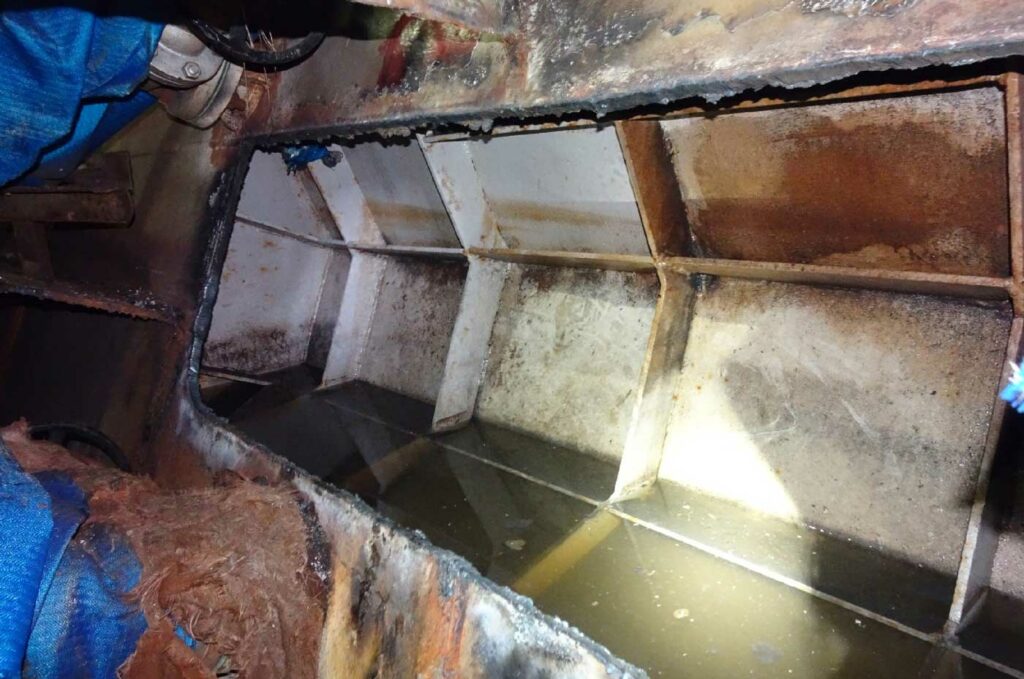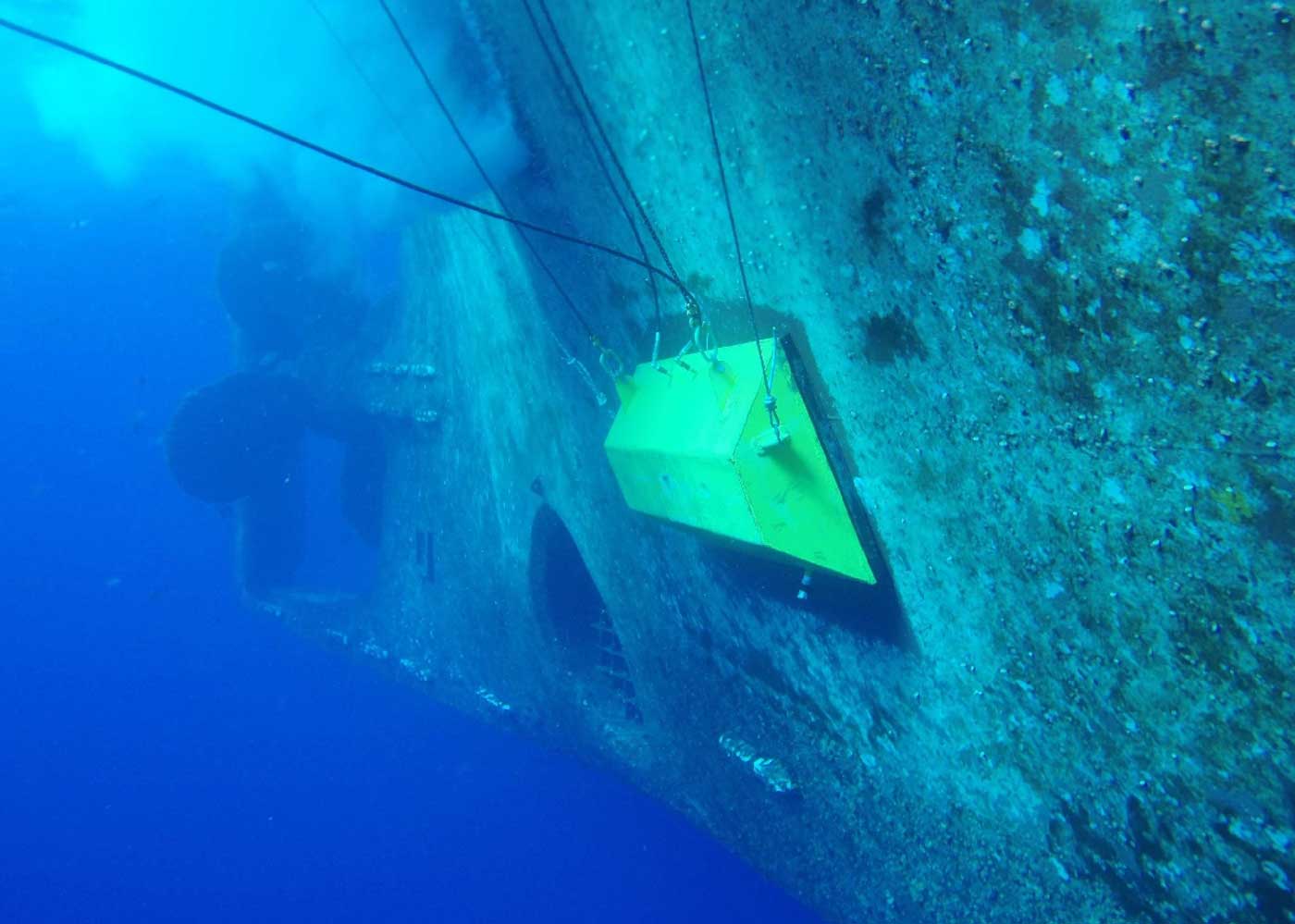Danny Constantinis (Executive Chairman) EM&I Group, Malta.
Life extension of existing floating production units will become a very important market as the oil industry winds down during the transition to renewables. Most FPSOs are converted VLCCs (Very Large Crude Carriers), so the hull, valves, rudder, and engine, etc., are as old as the vessel itself.
25% of FPSOs are over 40 years old, and 70% are over 20 years old…
According to ABS – who are the main class society for FPSOs – 25% are over 40 years old, and 70% are over 20 years old, so ‘Life Extension’ will become a major problem over the next few decades, while we create alternative sources of energy
Inspection, repair, and maintenance of such assets will become vital during the transition to renewables, so that energy supplies can be maintained. Almost everything takes longer than we imagine, and the transition to renewables as a reliable 24/7 energy source without ‘intermittency’ problems will be a challenge.
There are many issues to be resolved for renewables, including adequate port and manufacturing facilities, supply chain for parts, and a regulatory framework for the design, inspection, repair & maintenance, particularly for offshore turbines, etc. This is just in its infancy at the moment as some of the floating turbines can be a big at the Eiffel tower.
Efficient energy storage is the holy grail for renewables…
Efficient energy storage is the holy grail for renewables, which will hopefully be resolved the run up to 2050 and ‘net zero’. ‘Green’ hydrogen has great promise and can be produced as a by-product of wind turbine energy. At the time of writing batteries can only cope with peak power requirements for a few hours at the most.
Inevitably as renewables take over, the traditional sources of power will wind down, and existing assets such as FPSOs and Drill ships, etc,. will have to be kept going until they are no longer required. This means that the existing stock of assets will be getting older every year and will not be replaced so life extension will be required.
The expertise and skills required to do this will be in short supply…
The expertise and skills required to do this will be in short supply as most of the engineers and technicians will have moved on to renewables. Maintaining existing assets would be rather like maintaining steam locomotives in the age of diesel and electric engines. It would not be an attractive option for aspiring engineers and technicians, so a smooth transition with be difficult to say the least.
My company has led a JIP (Joint Industry Project) on behalf of the Global FPSO Research Forum for the last 8 years called HITS (Hull Inspection Techniques & Strategy), which has stimulated some ground-breaking innovations and technologies which can be used on all floating assets.
These are all safer, faster, more economic, and greener…
These are all safer, faster, more economic, and greener than traditional methods, and can be carried out while the vessels are on station, on hire, and in operation. They do not require divers or put people at risk in hazardous areas, working at height or in confined spaces. We use robotic and digital technologies wherever possible – even hull repairs.
Some of the robotic and digital technologies which have been stimulated by the JIP include the ODIN® diverless UWILD (Under Water Inspection in Lieu of Drydocking; NoMan® remote cameras & laser scanning for valves and storage tanks, etc., ANALYSE™ to safely reduce workscopes for pressure system inspections; ExPert™ for the non-intrusive inspection of electrical components; HullGuard® for the installation of diverless anodes, and LORIS™ for anchor chain cleaning, inspection, and temporary repairs.
Resident robots and autonomous vessels will play an increasing role…
Resident robots and autonomous vessels will play an increasing role to improve efficiency & safety, so that relevant experts and class society surveyors will not need to visit the offshore assets concerned. This also saves on POB (People on Board) and helicopter trips – which is particularly important for FPSOs. It may also help with the inevitable diminishing number of skilled personnel available who are familiar with such assets as we approach net zero in 2050.

Hull repairs will almost certainly be required for ageing assets…
Hull repairs will almost certainly be required for ageing assets, so we have developed a diverless method of doing this using specially adapted integrity class ROVs to scan the hull in the vicinity of the repairs required so that cofferdams and seals can be shaped to fit the hull.
ODIN access ports are then drilled through the hull adjacent to the repair area from the inside so that wire guides can be inserted and taken to the surface by an ROV. These are then connected to the cofferdam and winched into position by winches connected to the wire guides inside the hull.
The ROV can observe the whole process from outside the hull and advise the technicians operating the winches inside the hull when the cofferdam is in position. The hull repair can then take place, and on completion the cofferdam released and returned to the surface. Pilot projects have already been carried out very successfully for a supermajor and leading FPSO operators.
This allows assets to remain on station, on hire, and in production, while the repairs are carried out, so is an important development for the life extension of ageing assets.
Valves are often as old as the vessel itself…
Valves are often as old as the vessel itself and there are rarely any spares so early detection of leaks or problems with seals is vital for efficient operation. The NoMan technology allows us to ‘see’ the valve working – opening and closing – while it’s in operation by drilling ODIN access ports adjacent to the valve and then inserting NoMan remote cameras through the access ports to observe the valve.
If everything is OK the ODIN ports can be sealed and used again for subsequent inspections. If the valve needs replacing or maintenance inflatable bladders can be inserted in the ODIN access ports to isolate the valve so that it can be removed for maintenance or replacement.
Storage tanks can also be inspected without manned entry…
Storage tanks can also be inspected without manned entry using the NoMan remote camera & laser scanning technologies. The NoMan remote cameras are now ATEX (Ex) rated, so do not require tanks to gas free and/or vented before they are inserted through deck openings for both GVI (General Visual Inspection) & CVI (Close Visual Inspection). The cameras have their own lighting; can pan, tilt, & zoom, and are mounted on articulated carbon fibre poles which can be used at any level and articulated in the tanks to view the structure from different angles.
The laser scanners are mounted on tripods with telescopic poles and can be located on the base of the tanks or suspended from a tripod above a deck opening. They can be used to detect corrosion, distortion, pitting, coating, and calculate thickness measurements, so together with the NoMan optical cameras offer a complete package of vital information without the need for manned entry.
Conclusion
Keeping existing oil & gas assets going during the transition to renewables will be challenging, as the expertise & experience required will be in short supply, so we need to make it as simple as possible using the minimum number of people and let robots do the dangerous work.
Oil & gas will still be required for the numerous by-products and lubrication, but in much smaller quantities, so we will need to keep some assets going beyond 2050 and net zero, but this will probably become a ‘specialist’ market and only economic sources will be considered.
